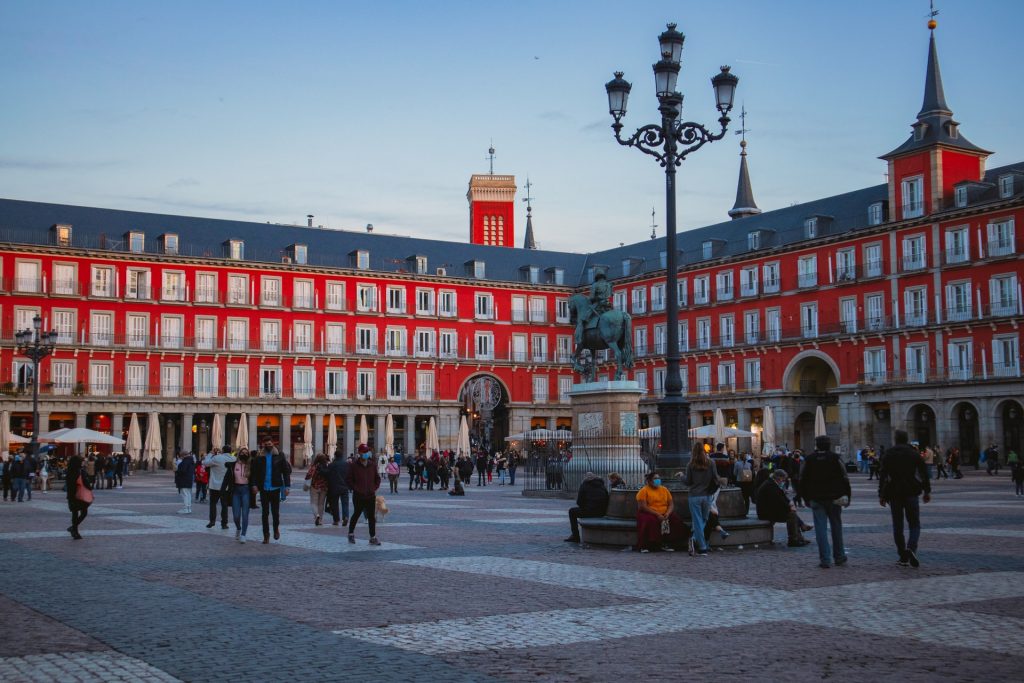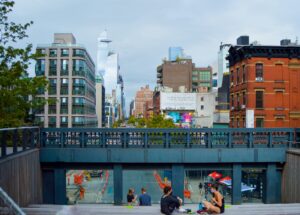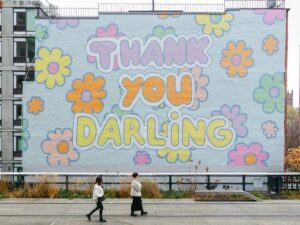What characterises public spaces?
Public spaces are created and maintained for citizens. They are owned by the public, serve the public good and promote social cohesion. By definition they are accessible to all citizens, regardless of their income and personal circumstances.
Public spaces are where people meet and interact; socialize and discover common passions; and where they affirm their shared rights to the city. In a people-centred city public space is central to the notion of a liveable and human environment.
Public space can become the ideal platform for building a sense of community and to move on to even more ambitious collective goals.
Types of public spaces
Public spaces exist for various uses and in different forms. One can distinguish between open public spaces such as beaches, parks and other natural spaces, pavements or squares and closed public spaces such as libraries, museums or religious, spiritual and heritage sites.
Other spaces of public use such as transport interchanges, sports grounds and recreational facilities can be either open or inside buildings. Streets or sidewalks can be considered as more ubiquitous and flexible public spaces that have to exist to promote mobility.
Public spaces promoting democratic values
Any equitable city or town needs to offer a substantive and accessible amount of quality public space, accessible amenities and useful.
Public space is a powerful instrument of social inclusion. This is of great importance to cities. It means that all those who happen to be in a city and behave responsibly are treated as equals, at least in those spaces of a city that are public. One can even argue that, following the logic of freedom as a universal value, the city itself is a public space.
Read the full article on saferspaces
Author: Roberta Brandes Gratz
Recommended by Luisa Bravo











More Stories
A Blueprint for Public Realm Leadership
How do public spaces strengthen local economies? Here are 4 ways.
Greece Makes Hundreds of Beaches Wheelchair-friendly